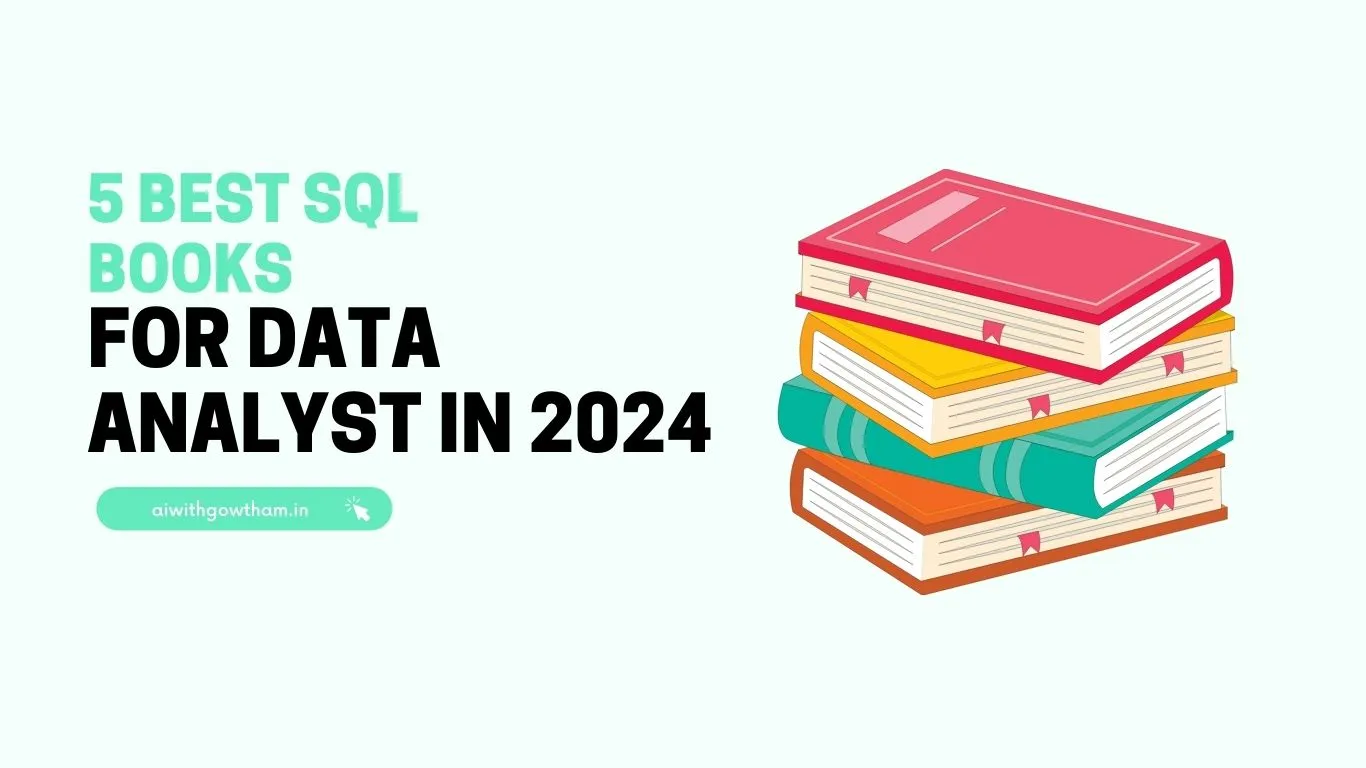As a data analyst, proficiency in SQL is paramount for extracting, manipulating, and analyzing data efficiently. Mastering SQL not only enhances your data handling capabilities but also boosts your career prospects in the analytical field. To aid in this journey, we have curated a list of the best SQL books for data analysts. These carefully selected resources will provide you with a comprehensive understanding of SQL, from fundamental concepts to advanced techniques, thereby equipping you with the skills necessary to excel in data-driven environments. Whether you’re a beginner or looking to deepen your expertise, these sql books for data analysts will serve as invaluable guides in your professional development.
SQL for Dummies by Allen G. Taylor
“SQL for Dummies” by Allen G. Taylor is an excellent starting point for anyone new to SQL. This book breaks down complex concepts into digestible pieces, making it easy for beginners to grasp the fundamentals of SQL. It covers essential topics such as creating databases, inserting and updating data, and managing permissions, all presented in a straightforward and engaging manner. Additionally, the book delves into more advanced topics like joining tables and working with subqueries, ensuring that readers build a solid foundation to handle real-world data challenges. Taylor’s approachable writing style, combined with practical examples and exercises, makes “SQL for Dummies” a valuable resource for aspiring data analysts seeking to enhance their SQL skills.
Learning SQL by Alan Beaulieu
This book provides a comprehensive exploration of the SQL language, focusing primarily on its programming features. It categorizes SQL into schema statements, which create database objects, and data statements, which handle data manipulation and retrieval. While many texts skim the surface, this book delves deeply into SQL’s capabilities, demonstrating how various features can be combined for powerful results. Despite its thoroughness, the book is concise and avoids being overly bulky. Examples are run on MySQL, chosen for its accessibility and ease of use, though Oracle Database and SQL Server are also referenced. Readers are encouraged to install MySQL to fully engage with the examples.
Data Analysis using SQL and Excel by Gordan S. Linoff
“Data Analysis using SQL and Excel” by Gordan S. Linoff bridges the gap between three powerful elements—SQL, Excel and Statistics into a unified approach to problem-solving. It emphasizes that a well-designed SQL query is only part of the solution to a business problem, which must first be translated into a query-friendly question. Additionally, it highlights the importance of presenting results effectively, often using tables or Excel charts.
The book also addresses the modern ease of accessing data sets from various websites, shifting the challenge of data analysis to include data management and extraction. It aims to enhance readers’ technical skills and inspire them to better understand their customers and businesses. Moreover, it stresses the importance of ethical considerations and inclusivity in data analysis, promoting responsible and informed decision-making.
Practical SQL, a beginner’s guide to storytelling with data by Antony Debarros
“Practical SQL, a beginner’s guide to storytelling with data” by Antony Debarros is tailored for those at the onset of their SQL journey, focusing on the practical application of SQL for data analysis. This book emphasizes the importance of using SQL to transform raw data into compelling stories that drive decision-making. Debarros guides readers through the process of writing queries, cleaning and transforming data, and visualizing results through illustrative examples and step-by-step exercises. The hands-on approach, combined with real-world scenarios, equips readers with the skills necessary to apply SQL effectively in their daily work as data analysts, making it a vital resource for those aiming to harness the full potential of their data.
Data Science With Microsoft SQL Server
“Data Science With Microsoft SQL Server” offers a deep dive into leveraging SQL Server capabilities for data science tasks. This resource is instrumental for data analysts looking to integrate advanced data science techniques into their SQL workflows. The book covers a broad spectrum of topics, including data preprocessing, data warehousing, and advanced analytics. It highlights how SQL Server’s built-in tools, such as Machine Learning Services, can be used to execute complex data models and derive actionable insights from large data sets. The authors provide practical examples and case studies to illustrate how SQL Server can address real-world data science challenges, thereby serving as a crucial guide for professionals aiming to maximize their data science proficiency within a SQL Server environment.
Conclusion
In conclusion, mastering SQL is an essential skill for any data analyst striving to excel in the field of data analytics. The books we have highlighted—ranging from introductory texts like “SQL for Dummies” to advanced resources such as “Data Science With Microsoft SQL Server”—offer a spectrum of knowledge that caters to both novices and experienced practitioners. By studying these books, data analysts can develop a solid understanding of SQL, enhance their ability to manage and analyze data effectively, and leverage this knowledge to drive insightful decision-making in their organizations. Investing time in these recommended resources will not only sharpen your technical skills but also empower you to transform raw data into compelling narratives and impactful business strategies.
Read my previouse blog – Best python IDE for macos

2 Comments